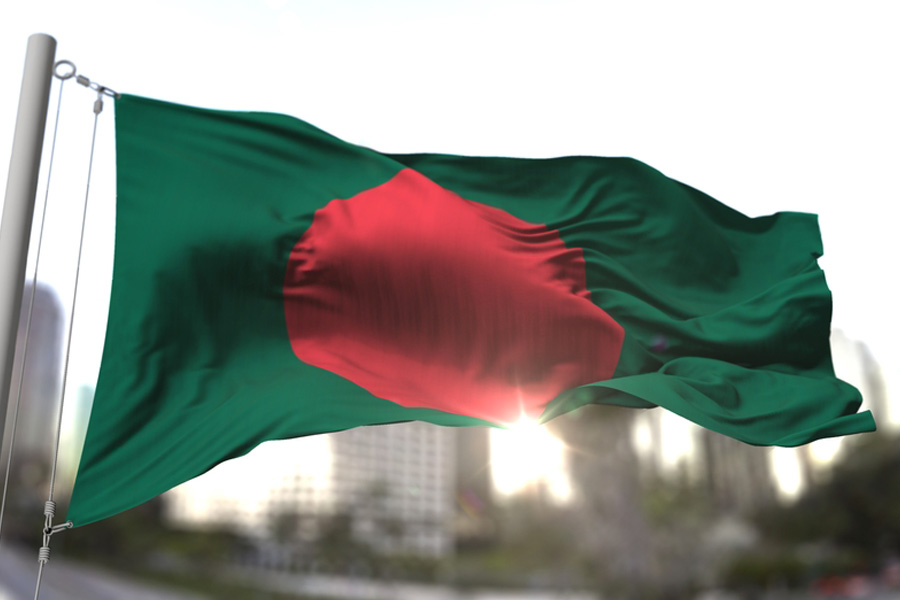A plate of buckwheat pancakes with maple syrup, a pedicure by the river, and a resort built around a stupa… it was hard to say no to a vacation at Le Meridien Paro, Riverfront. The hotel, which opened around two years ago, comes under the purview of Ranju Alex, general manager of JW Marriott Kolkata, and multi-property vice-president, east India. At the venue, t2 caught up with general manager Nanthawee Kerdchuen for an update on the Calcutta market and the hotel’s strategy as more players plan to make Paro their home.
A t2 chat with Le Meridien Paro, Riverfront, general manager Nanthawee Kerdchuen (picture below)...

What is the USP of Le Meridien Paro, Riverfront?
We have plenty! The first USP is the location, where we stand, by the riverfront. The architecture of the building is unique; you don’t see it from the road but only when you’re inside, by the riverfront. The third USP is proximity to the airport.
Which countries do the majority of guests come from?
The regional market, which is India. International travellers come from China, US and Thailand, in that order.

How important is the Calcutta market?
Calcutta is one of our prime markets because of the distance. It takes only an hour to fly down and escape from the hustle and bustle of the city.
What is the average stay of a guest?
Leisure guests who come to Bhutan stay for an average of four nights — usually one night in Thimphu, one in Punakha and the last two nights in Paro. Corporate guests definitely stay in Paro for the last night, at least, because of the proximity to the airport.


Le Meridien Paro, Riverfront is almost two years old. What are some of the changing trends in guest habits?
When we opened the hotel, we sold the rooms with breakfast only. Then we introduced rooms with AP (room, breakfast and dinner) and received a good response, especially from the Indian market. Indian guests prefer late dinners and most of the restaurants in Paro close early. They can also control their budget this way.
Another change we noticed is that when we opened the hotel, we did not have air-conditioning in the rooms because the climate was cool. In summer, the highest temperature would be not more than 24 degrees, and 16 degrees at night. But we received feedback that it was too hot without AC, so in 2017 we installed air-conditioning in all the rooms.

With Six Senses opening in Paro, how do you plan to strengthen your position?
The clientele at Six Senses is very niche, like a spa retreat. Our inventory is 59 rooms and we cater to MICE, or family leisure. We are ideal for senior citizen travel as we are the only hotel in Paro to have elevators. There is a heated pool, two meeting rooms, a huge outdoor venue and a space for activities like kuru (traditional Bhutanese game of darts) by the river. The outdoor venue can accommodate up to 200-300 people. We are popular for social gatherings.
Your personal favourite from the menu?
We have two restaurants, Latest Recipe and Bamboo Chic. I like the Pan-Fried Duck Breast in Bamboo Chic… you hardly find duck in Bhutan.
Did you know? India tops the list of travellers to Bhutan. In 2016, there were 1,14,301 visitors from India to Bhutan with 64.7 per cent of them falling into the leisure category. China came second with 9,208 visitors and then Bangladesh and US close on its heels at 7,753 and 7,292 visitors, respectively.
Text: Karo Christine Kumar










